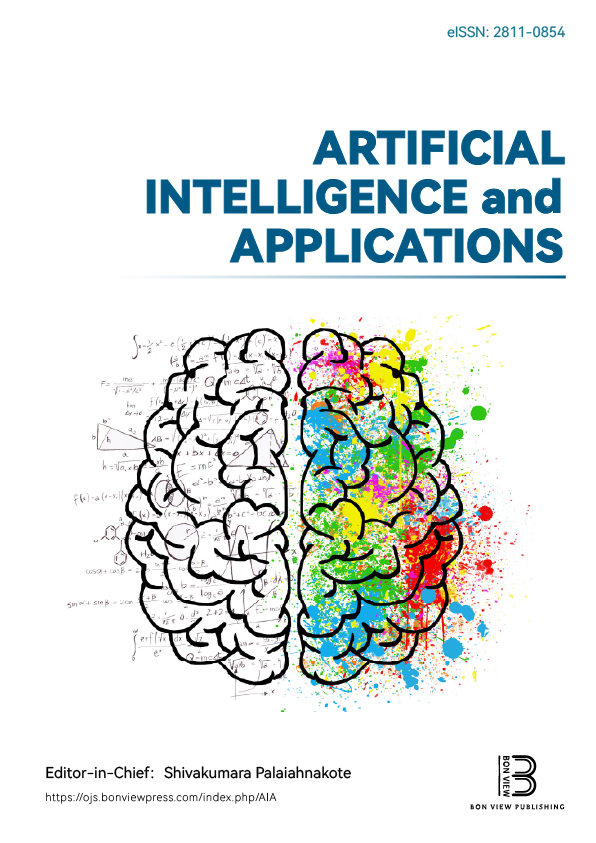Facial and Gesture Recognition-based Deep Learning Model for Academic Time Attendance at PKRU Demonstration School
DOI:
https://doi.org/10.47852/bonview52024469Keywords:
deep learning, facial recognition, feature extraction, MTCNN, educational technology, demonstration schoolAbstract
This paper describes the design and implementation of an automated academic attendance system using facial and gesture recognition deep learning technologies at the PKRU Demonstration School. In solving issues caused by manual attendance systems, the solution adapts Multi-task Cascaded Convolutional Neural Network (MTCNN) for face detection, implements FaceNet for feature extraction, and performs identity verification with NuSVC. To reduce false positive errors, an additional verification layer-based gesture recognition was incorporated. Over 150 days of operation, the system recorded and processed 8700 instances of attendance with biometric authentication across 58 faculty members and conducted these on standard computing hardware. The system achieved a controlled environment recognition accuracy rate of 100%. Although these results demonstrate the efficiency in the constrained setting accuracy testing environments, expansive or more diverse population studies would be required to benchmark performance in heterogeneous settings. User interaction through gestures directed deliberate confirmation, which improved engagement with routine actions, helping fortify reliability within system functions. In process efficiency metrics, compared to manual methods, the system eliminated 93% of time per event processing while achieving an average per event completion time of 7 s. Following Thailand’s Personal Data Protection Act (PDPA), the system was designed to ensure ethical compliance, incorporating explicit consent protocols and secure data handling through Secure Sockets Layer and Transport Layer Security (SSL/TLS) encryption. The proposed solution offers a scalable and cost-effective approach for educational institutions aiming to adopt contactless attendance systems. Future work will focus on expanding the dataset, optimizing performance in crowded or dynamic environments, and integrating additional biometric modalities to enhance accuracy and fairness.
Received: 30 September 2024 | Revised: 12 May 2025 | Accepted: 26 June 2025
Conflicts of Interest
The authors declare that they have no conflicts of interest to this work.
Data Availability Statement
The data that support the findings of this study are openly available in GitHub at https://github.com/Nasith/academic-attendance-pkru, reference number [30].
Author Contribution Statement
Tanagrit Chansaeng: Software, Validation, Formal analysis, Resources, Visualization. Pita Jarupunphol: Conceptualization, Methodology, Investigation, Resources, Writing – original draft, Writing – review & editing, Supervision.
Metrics
Downloads
Published
Issue
Section
License
Copyright (c) 2025 Authors

This work is licensed under a Creative Commons Attribution 4.0 International License.






